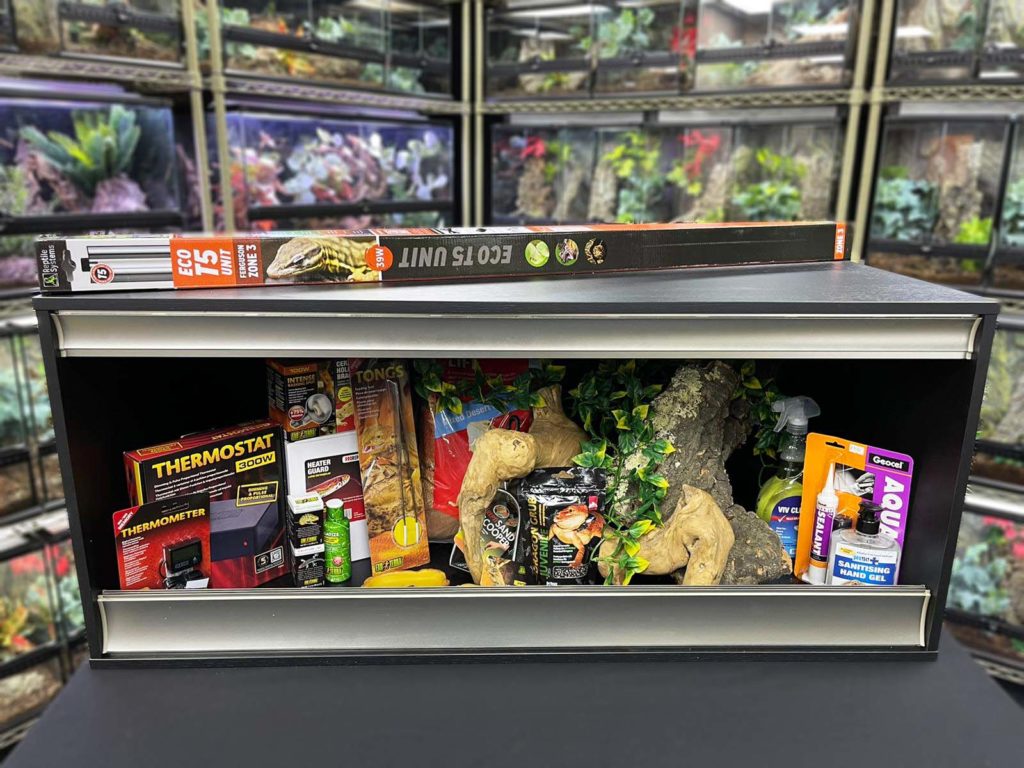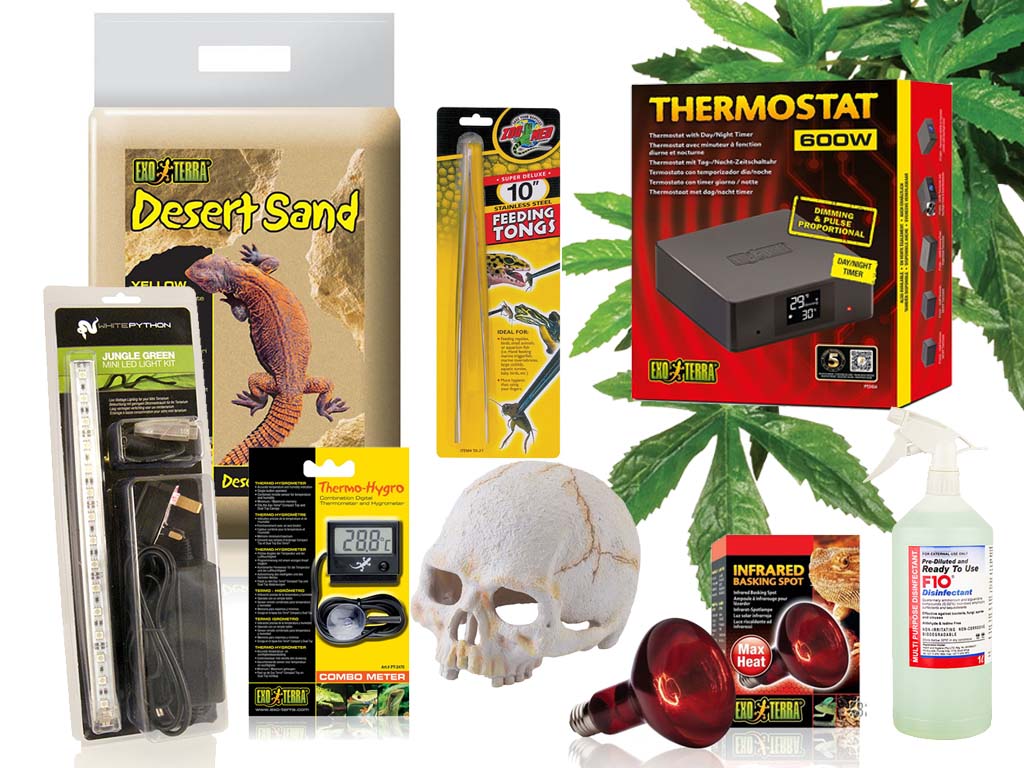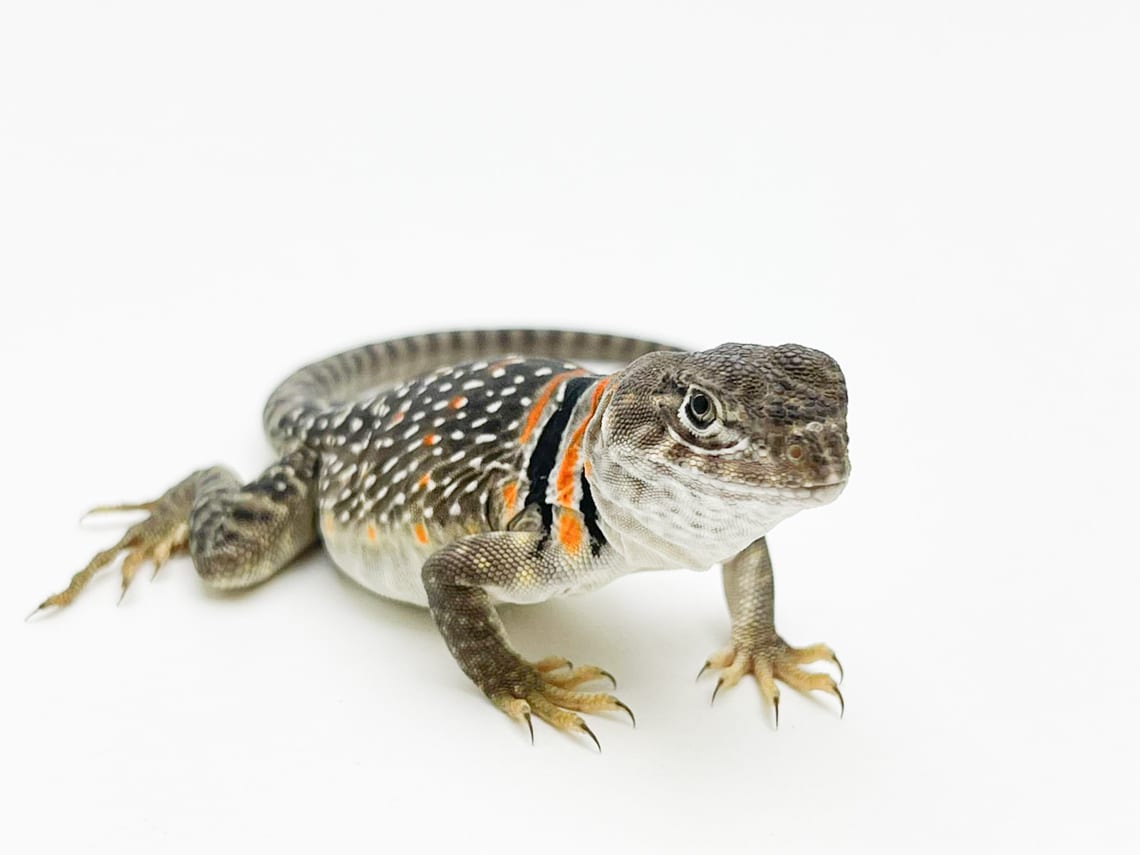
Collared Lizard
Care Sheet
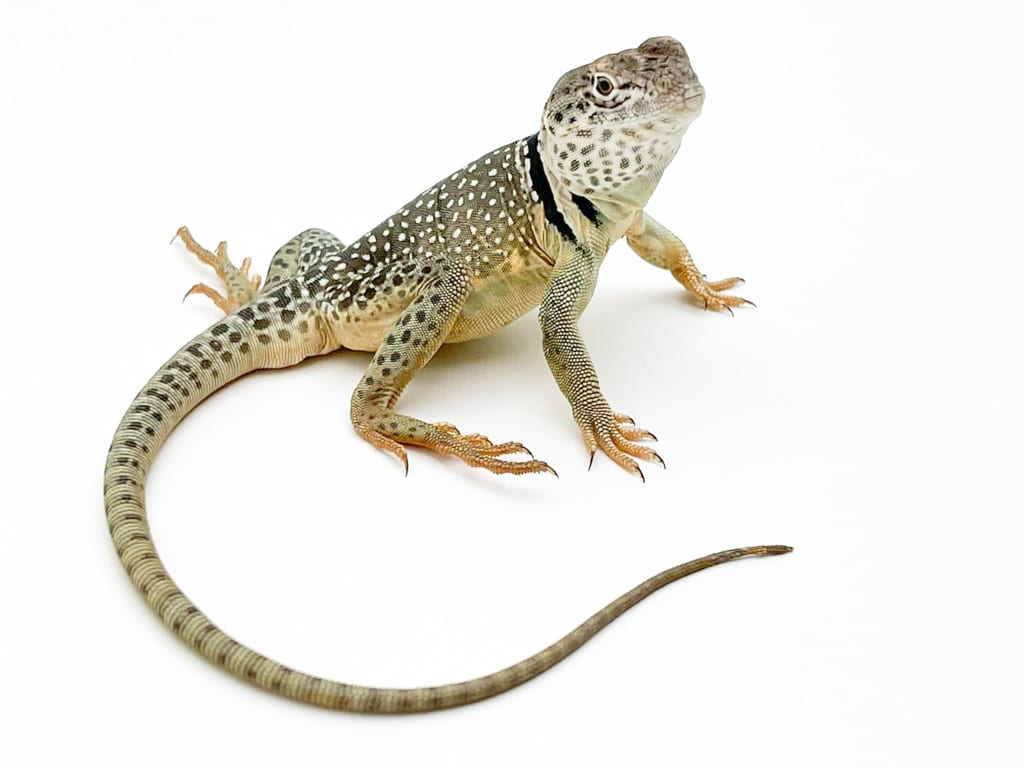
Collared Lizards are a medium sized lizard originating in South and mid America
They are aptly named after the black collars which appear around the next of adult lizards
Collared lizards inhabit an arid environment and enjoy basking and burrowing in through rocks and rocky outcrops
Collared lizard care is known to be similar to Bearded Dragon care however there are species specific parameters for both.
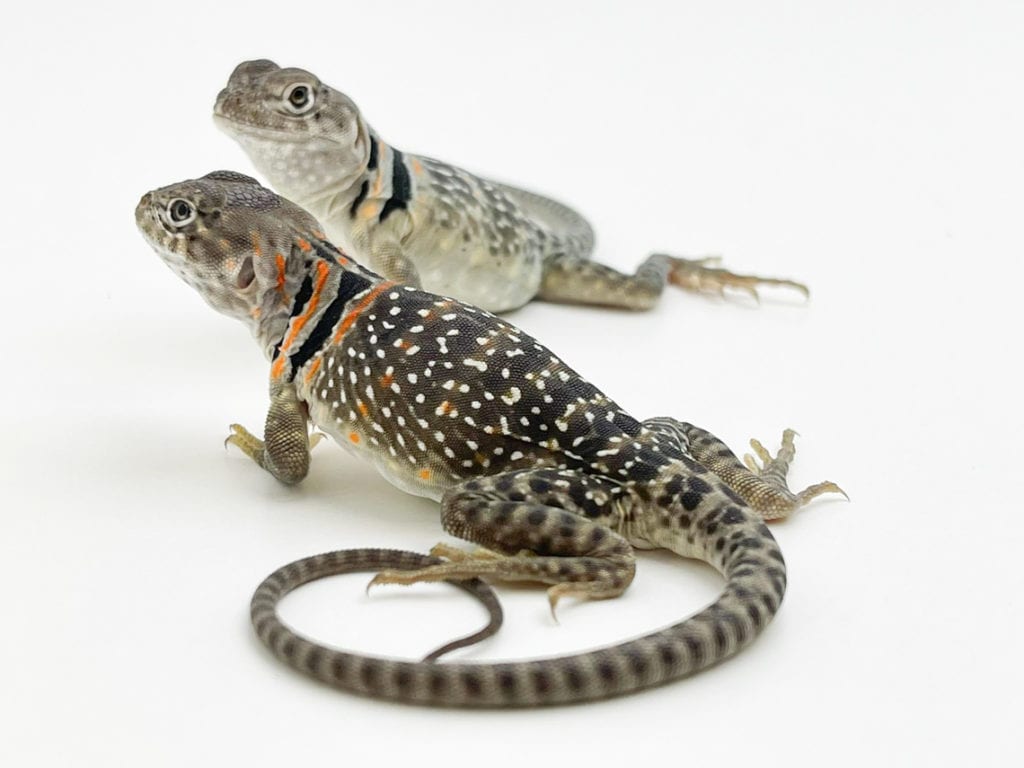

HANDLING YOUR LIZARD
Collared lizards can be quite shy, especially when initially purchased. However with careful handling they can become more tame. They are a very fast lizard so care should be taken if you are handling your lizard. When opening the enclosure to clean, ensure that you know where the lizard is and observe it to ensure it does not escape from the tank– remember these lizards love squeezing through holes in the rocks so they are skillful.
If you choose to handle your lizard, we recommend you do this in a controlled environment such as inside the enclosure where the lizard can freely get away if it chooses.
If handling for health check, place a firm grip around the lizards body, avoiding the tail as they can drop this in stressful situations but it does not grow back.
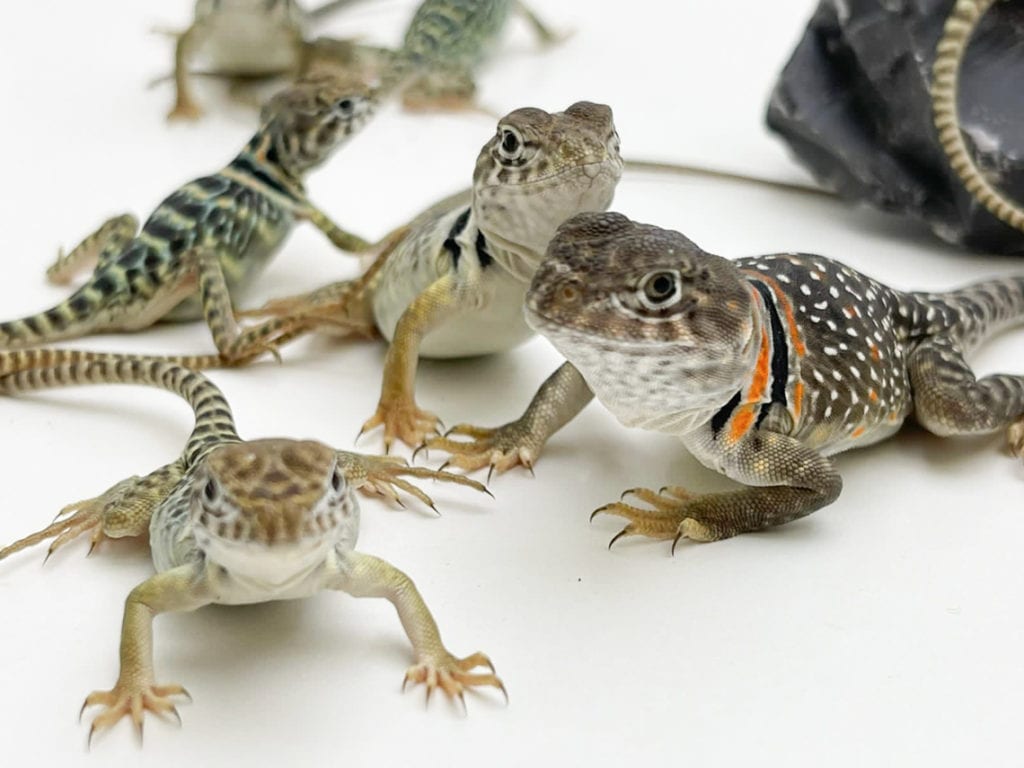

SEXING YOUR LIZARD
As with many lizards, Collared’s can be quite hard to sex as hatchlings and even juveniles. Once they have developed enough– this differs between species– males will develop larger scales in between the bag legs than females.
Adult Collared lizards are easier to sex with males showing brighter colours of green and blue, where females are less colourful and lack the brighter colours.
Ensure that you are certain of the sex of your lizard before choosing a mate for it, just remember that males and females will breed, they also potentially require their own enclosure.


HEALTH CHECK
Eyes- Eyes are clear with no sign of puss, inflammation or milky appearance. Eyes are free of black spots in corners which could signify mites.
Skin- The skin is clear of shed and there are no cuts or scrapes on the lizards skin. Occasionally locusts or crickets can nip the skin of the lizard. Always remove live food that is not eaten after the lizards meal to prevent further bites and stress which can stop your lizard eating.
Limbs- All the limbs are moving correctly and the lizard is able to walk and move normally. Lizards can suffer from a condition called MBD (metabolic bone disease). This occurs when lizards do not have enough calcium D3 and causes their bones to grow abnormally, eventually restricting their movements. MBD cannot be reversed so always dust livefood with calcium twice a week to avoid MBD occurring.
Weight- Many lizards in captivity are overweight which is generally a result of the lizard being fed on worms alone or fed too often. Feed your lizards a mixed diet of locusts, crickets, roaches, mealworms and pinkie mice to adults as a treat..








ADVICE FOR LIFE!
When you buy your Pet & Housing from us!
Priority Boarding | Advice available face to face, via Telephone, Facebook Chat, Email, Instagram

